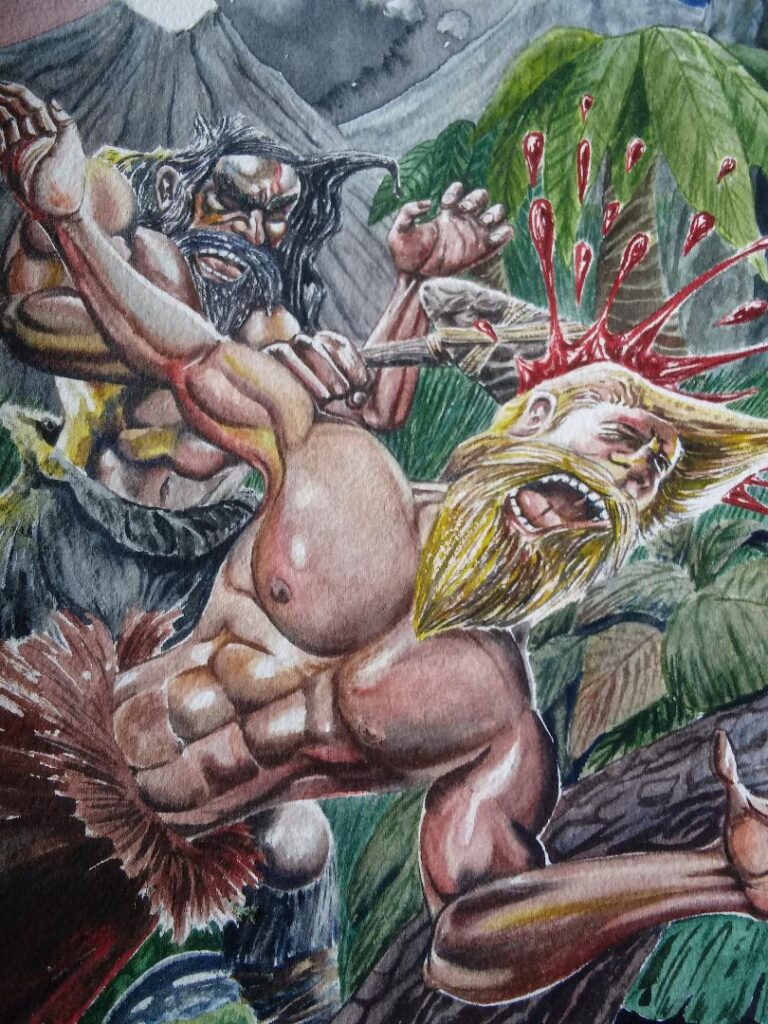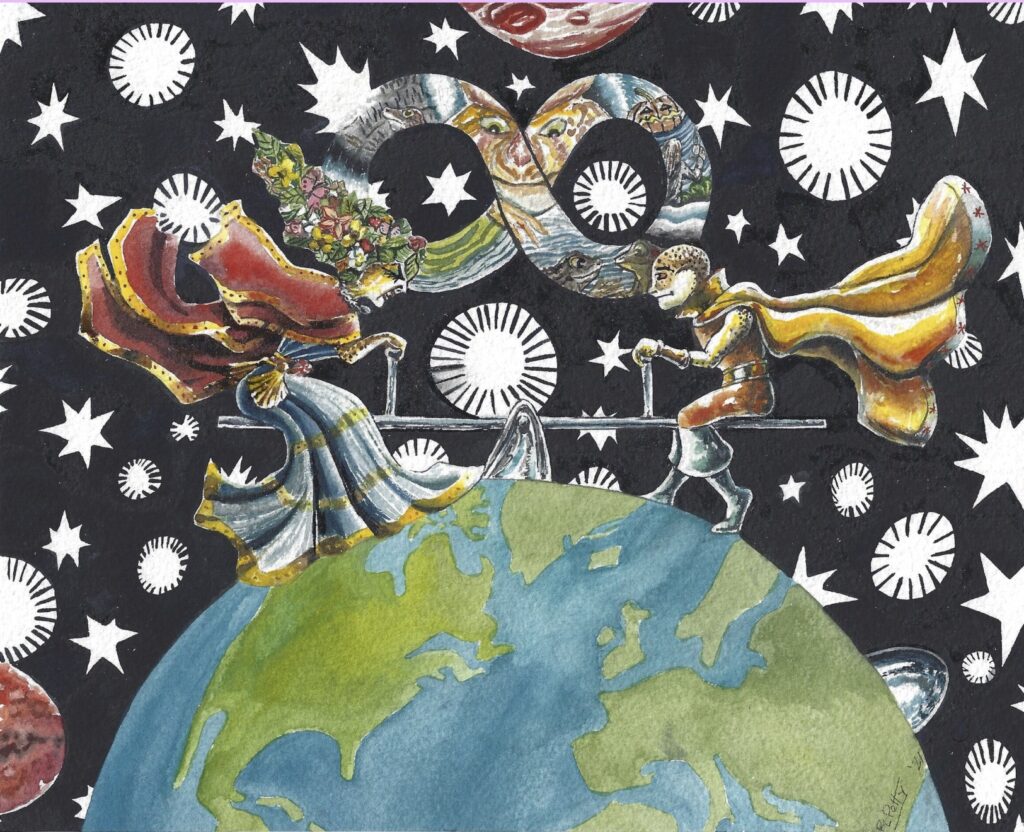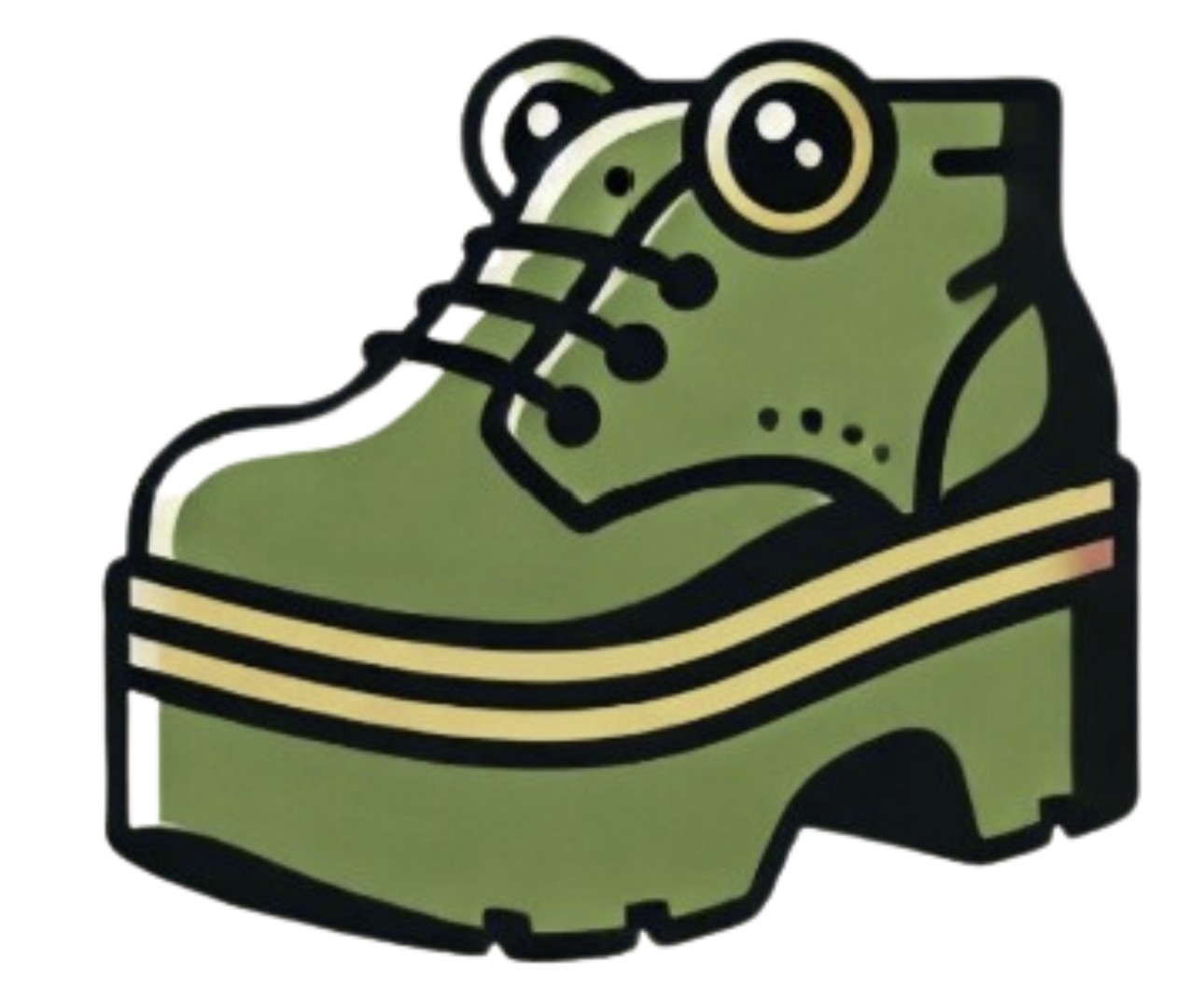The flagship novel of the EᴠØ-Myth Universe™, Return to the Source is a literary eco-myth that spans prehistory and cosmology as God confronts the catastrophic flaw hidden in her own creation.
EᴠØ-Myth™ Thread
• Creation Learns to Endure Its Own Design
• Epoch: From the birth of the multiverse to the fall of its makers
• Axis: The gods confront the flaw in the first strike of the Celestial Flint—both the spark of Creation and the scar of imperfection.
• Creation’s lesson: Perfection was never the goal. Through flaw, decay, and defiance, creation discovers continuity—the capacity to evolve beyond its architects. When the divine loses faith, life itself becomes the teacher, and the universe learns to care by surviving its own creators.
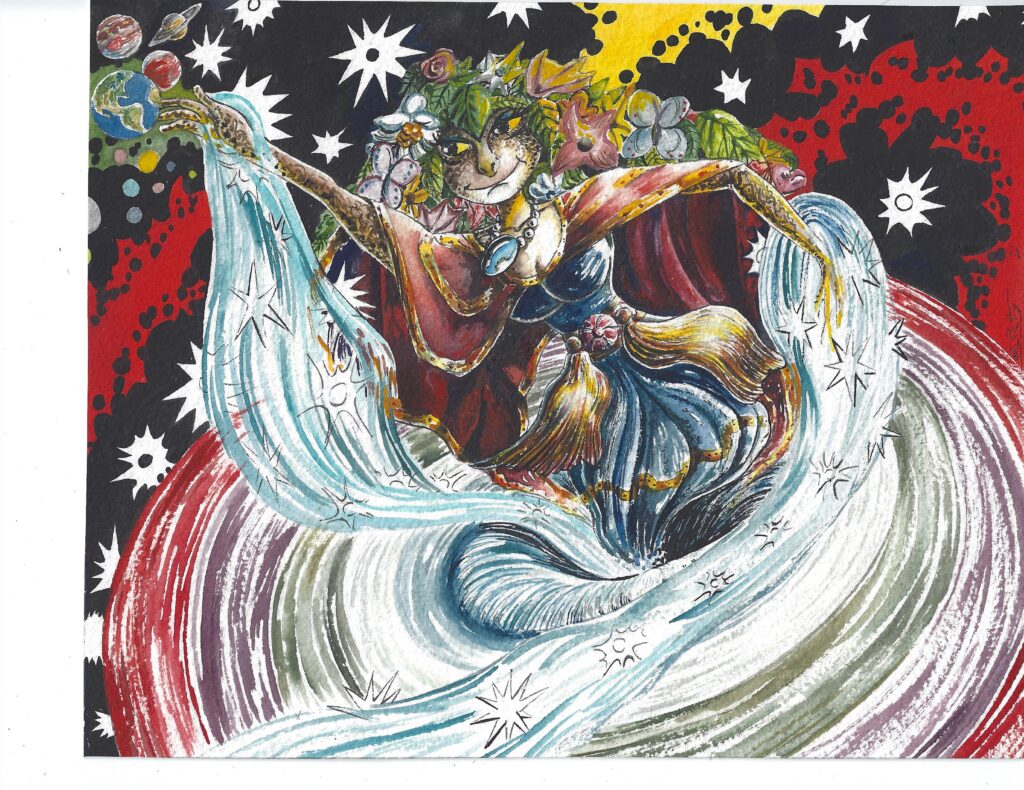
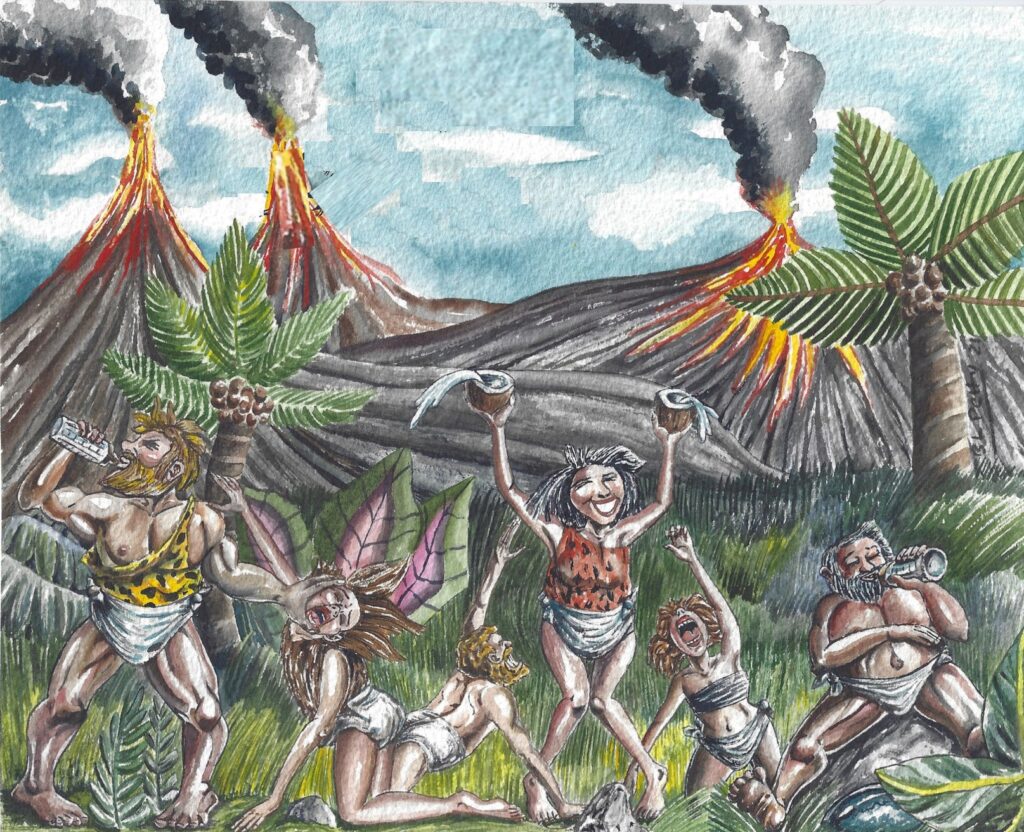
In the Beginning, God created the Universe—and on the seventh day, Earth. But perfection bred predictability, so to better understand herself, she seeded the planet with mirror organisms, embedding her own flaws and virtues within them. Through these creatures, she hoped to explore Life’s dualities and glimpse truths she could not see alone.
As ages passed, Homo sapiens rose to dominance, bending rivers, forests, and skies to their will. What God once called beauty began to fracture. Her mirrors no longer reflected balance; they scarred the very world that bore them. Watching her children desecrate Earth, she found herself caught between two choices: intervene and restore balance, or step back and allow humanity to face the consequences of its own ambition.
A 126,000-word literary eco-fantasy novel, Return to the Source is written for young adult and adult readers who are drawn to speculative and mythic fiction—those who seek stories where theology, ecology, and imagination collide. Though fantasy, it is grounded in ecological truth and human history, reframing Genesis as an unfinished story in which the fate of Earth, and of God herself, hangs on what humanity chooses next.
For readers of Richard Powers’s The Overstory, N. K. Jemisin’s The Broken Earth trilogy, and Jeff VanderMeer’s Annihilation, Return to the Source offers a mythic, ecological epic where survival, conscience, and creation itself collide.
